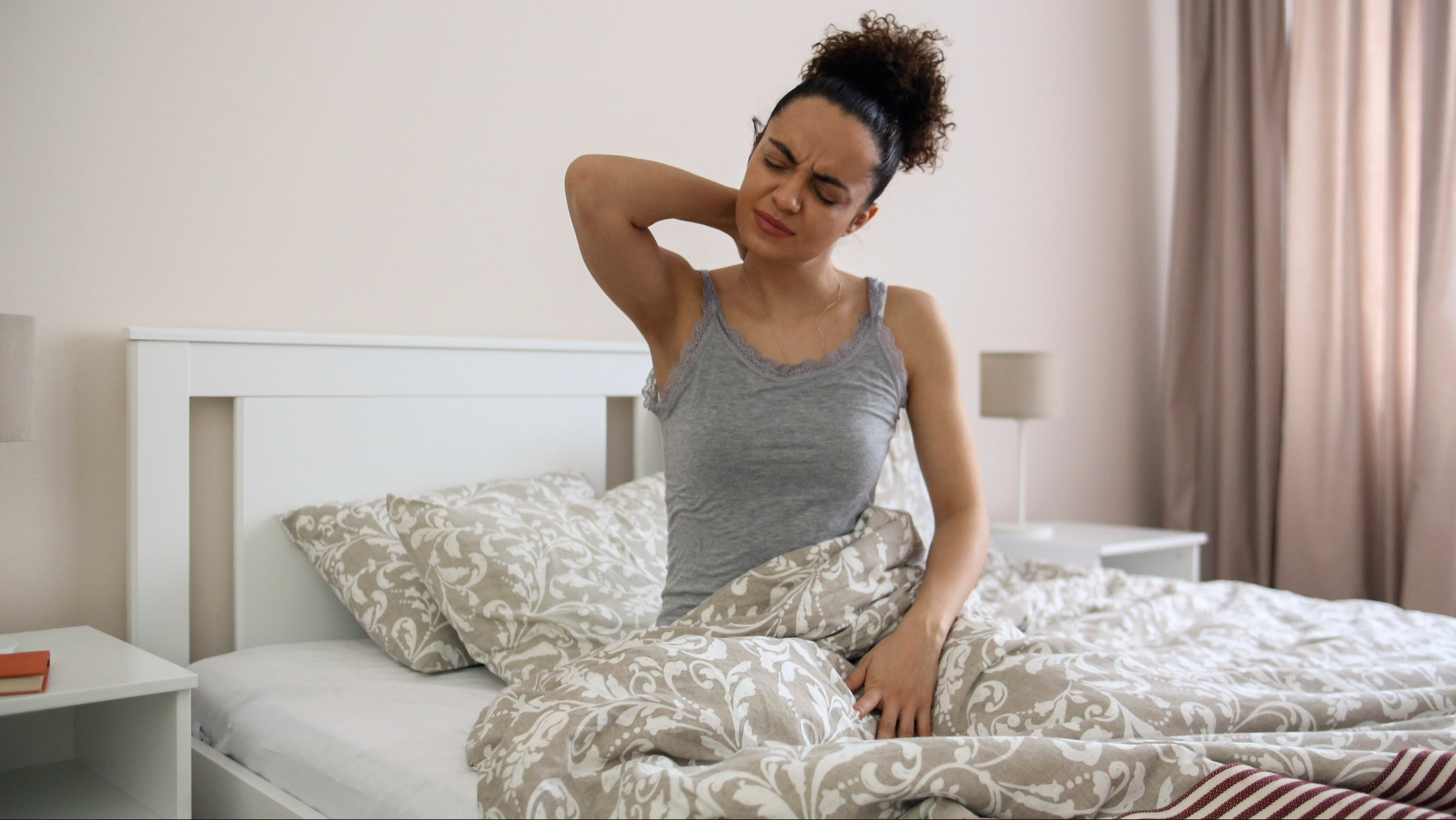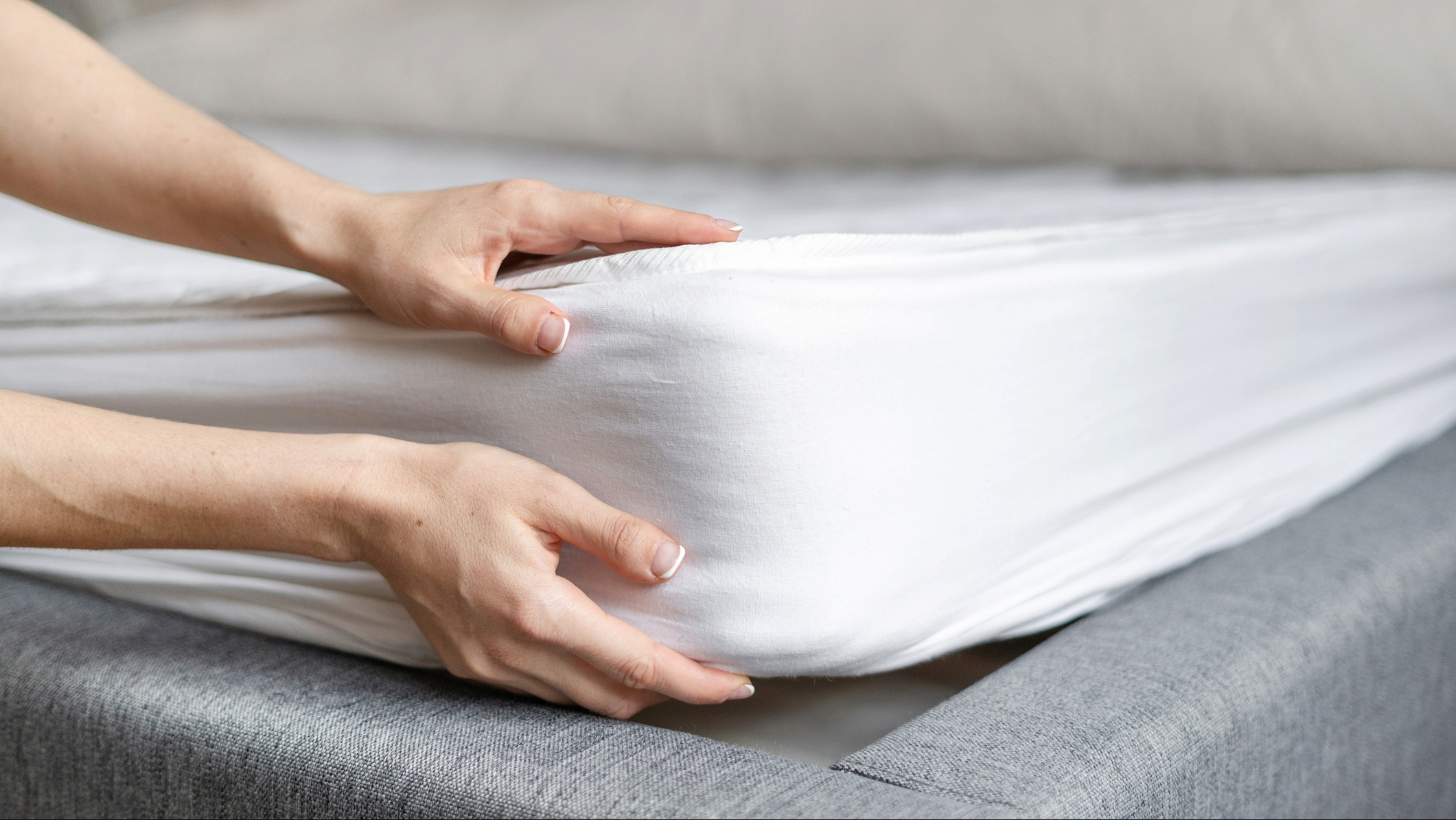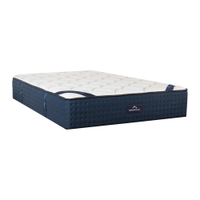5 things that happen to your mattress after 10 years
These signs of bed-ageing can cause aches and pains, as well as bad quality sleep

It is natural for something used over a long period of time to show signs of wear. While we change our bedsheets, pillow covers and mattress toppers regularly, mattresses themselves are often overlooked. The elements of a mattress that contribute to your comfort and the support it can offer will deteriorate over time.
While you may look at everything else to improve your sleep quality, checking to see visible signs of age on your mattress might not be the first thing that comes to mind, despite it having a big impact on your sleep. Even this year's best mattresses for all sleepers can show signs of aging after a while, so it's important to know what to look out for.
Here, we'll be taking a deeper look into five things that can happen to your mattress after 10 years before exploring how you can tell when it's time to buy a new one.
5 things that happen to your mattress after 10 years
According to The Better Sleep Council, a mattress that has reached the 7-year mark needs to be replaced. However, many experts say this time period could be anywhere between 6-10 years too, depending on the quality and type of mattress you own.
The reality is that each mattress ages differently depending on maintenance and factors like the sleep environment. For instance, some well-cared-for latex mattresses can last up to 20 years. However, for the majority, you're likely to see signs of aging after 10 years. Here’s what you may notice.
1. It will gain weight
A mattress can gain as much as 10% to 20% of its original weight over a period of 10 years. Again, this depends on the mattress type, the sleep environment and how it is maintained.
As underlined by chiropractor Dr. Lawrence Woods, this weight gain may be due to the accumulation of shed skin, dust, moisture, mites and other allergens. These build up over time and linger deep within your mattress, potentially leading to poor air quality in your sleeping environment.
Sign up to get the BEST of Tom's Guide direct to your inbox.
Get instant access to breaking news, the hottest reviews, great deals and helpful tips.
This can further worsen any potential allergies or asthma conditions wreaking havoc on your sleep quality. Mattress weight gain can be controlled to a certain extent by proper maintenance, like vacuuming to get rid of any dust and using a mattress protector to keep it free from moisture and other pollutants in the air.
2. It will become painful to sleep on
Often find yourself tossing and turning all night trying to find the right position to doze off? Do you wake up feeling stiff, in pain and numb in certain parts or feel like your spine is misaligned? Be aware that your sleep may be doing more harm than good as your mattress has probably lost the support it once had to make you feel comfortable and relaxed.
This is because mattresses gradually lose support over time, which can worsen or cause back and hip pain. The innerspring coils or the foam of your mattress may have loosened, which puts a massive strain on your back, hip or shoulders. This can sometimes lead to "morning pain," when you wake up feeling like you've had a night-long workout session.

3. Coils will begin to squeak and creak
On average, the best hybrid mattresses will typically last between 7-10 years. After that, you may find that the coils will become squeaky and creaky. What starts as a minor inconvenience will soon grow to be disruptive as days go by.
The sound comes from the innerspring’s worn-out broken edges rubbing against each other. These are usually made from thick gauge steel wire. While some manufacturers use a good quality variant or properly tempered steel made to last, others might add an inferior grade which will rust over time and squeak at the attachment points.
Considering the number of attachment points and coils used within a mattress, each tiny move you make can create a racket. This is a clear indication that your mattress is tired and asking for attention.
DreamCloud Hybrid Mattress: was $839 now $419 @ DreamCloud
Save 50%! The 14-inch DreamCloud mattress is one of the tallest beds we've reviewed and our favorite affordable hybrid mattress. It features five layers that offer firm, responsive support as well as soft cushioning. In our DreamCloud mattress review, we said it's a great bed for just about anyone, but it especially shines for those suffering from hip or lower back pain. Currently, you can get the DreamCloud Hybrid mattress twin for $419 (was $839) or the queen for $665 (was $1,332). The mattress comes with free shipping, free returns, and a 365-night home trial.
4. It begins to sag
Regular use will diminish a mattress’s support layers, resulting in dipping and sagging. As mentioned above, the aches or pains you feel after sleep and the body impressions you find on your bed might also be due to the decreased firmness and support within your bed.
Your mattress is likely to sag in the middle or where pressure is applied regularly. So if you’re a right-side sleeper, that would be where it starts sagging over time.
Continuing to sleep on a sagging mattress will compromise your spine alignment which may prove to be detrimental to your overall physical health over time. While flipping your mattress is often suggested as a solution to this, it is important to know that only the top layer of a memory foam mattress or hybrid mattress is meant to be slept on.
There isn’t a complete fix for this apart from sending it to your manufacturer (if it’s within your warranty period) for repairs. If your mattress is older than 7 to 10 years, this may be the right time to get a new bed.

5. It develops lumps and bumps
Nothing is more uncomfortable than an uneven surface to sleep on. Coils protruding through support layers combined with the erosion of support can lead to a lumpy and bumpy sleep surface.
It’ll not only disrupt your sleep but also adversely affect your physical well-being in the form of aches and pains. It can create pressure points and muscle tension, even exacerbating back pain.
Regular rotation, having a proper bed frame as a foundation, and, above all, choosing a high-quality mattress with adequate support are ways to prevent your bed from being lumpy and uneven.
Knowing when it’s time to replace your mattress
Sleep plays a very important role in our overall well-being in addition to everything else we do including a well-balanced diet and exercise.
While we may look at a host of other methods to improve our sleep quality, if we do not prioritise fixing the root cause of bad sleep: swapping our old and worn-out mattress for a new one, we might just be postponing a problem.
If you notice any of the above tell-tale signs and find that sleeping on other mattresses gives you a much more relaxed and comfortable sleep, you are in need of a new comfy mattress. While it may typically last for 6-10 years, it’s important to stay attuned for signs that it needs replacing sooner.

Becky is a Sleep Staff Writer at Tom’s Guide covering all things sleep-related including product reviews, research studies, news and explainers. She works on specialist bedding content and is responsible for buyer’s guides like the best pillows for all sleepers and best mattress protectors focusing on popular brands such as Tempur-Pedic, Avocado, Coop Home Goods and more. Becky is a PPA accredited journalist who is keen to explore the intricacies of sleep, its effects on skincare, mental wellbeing and work performance. While not thinking of sleep, she can be seen reading in cosy bookshops or learning about global food culture.

